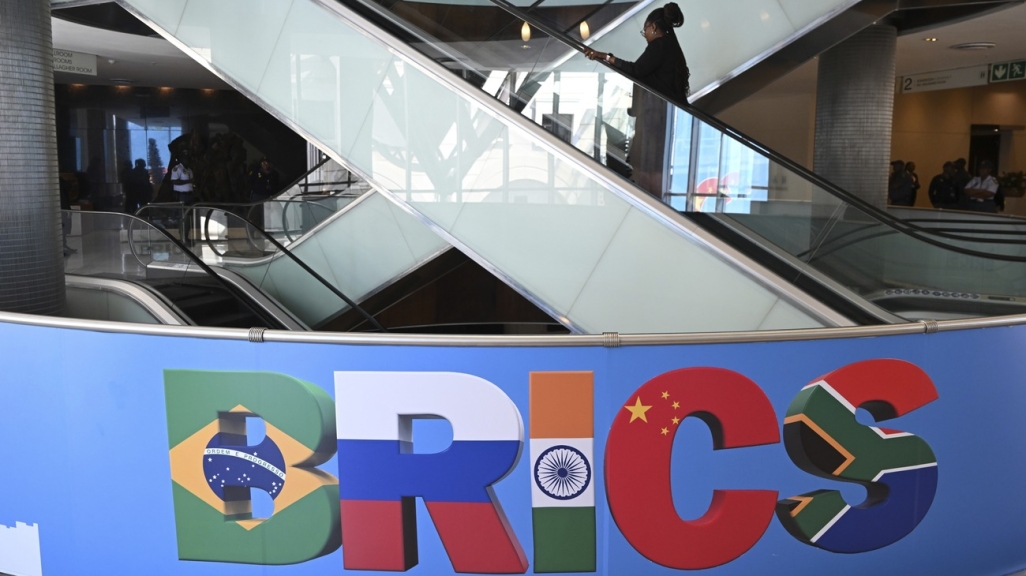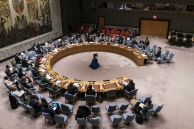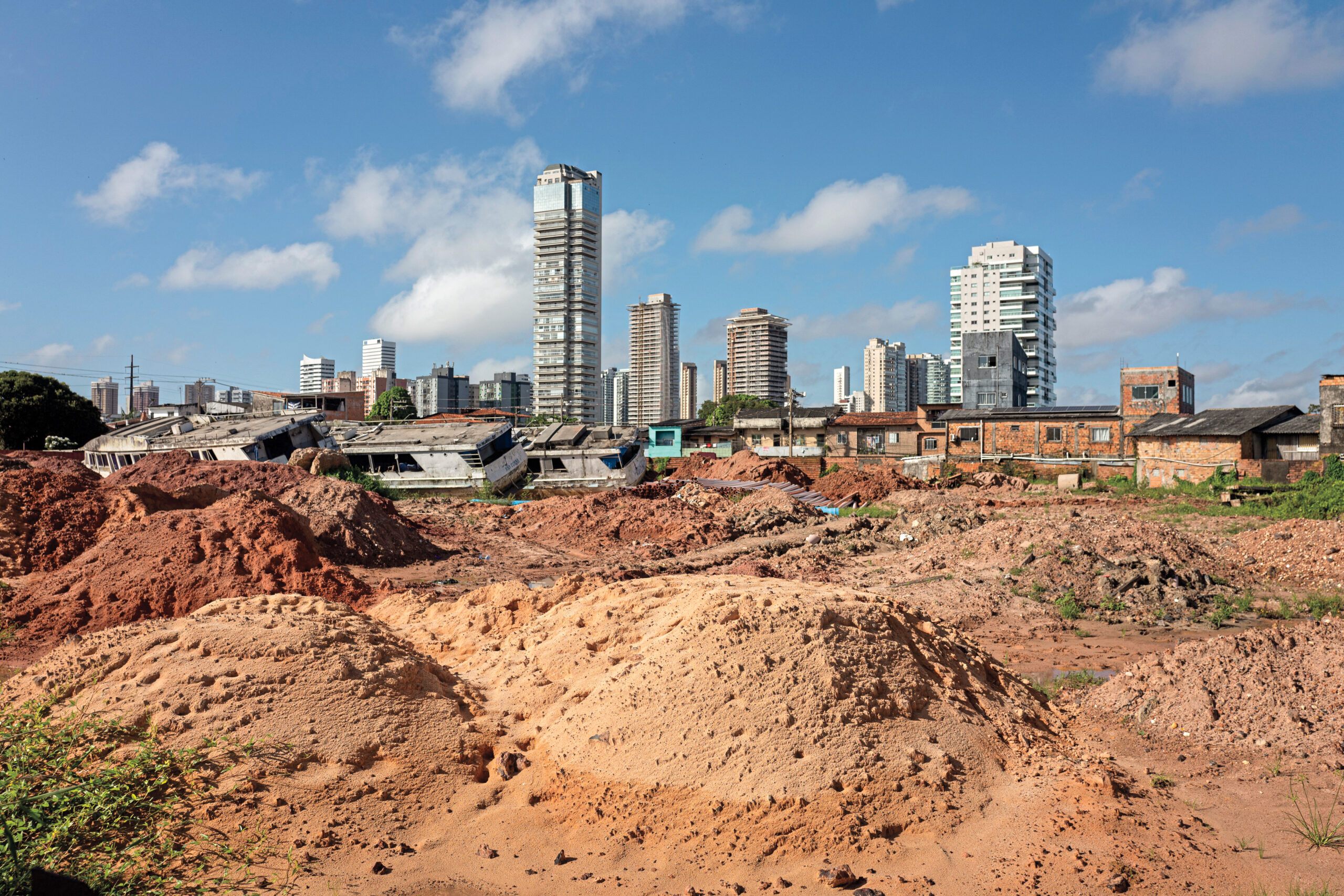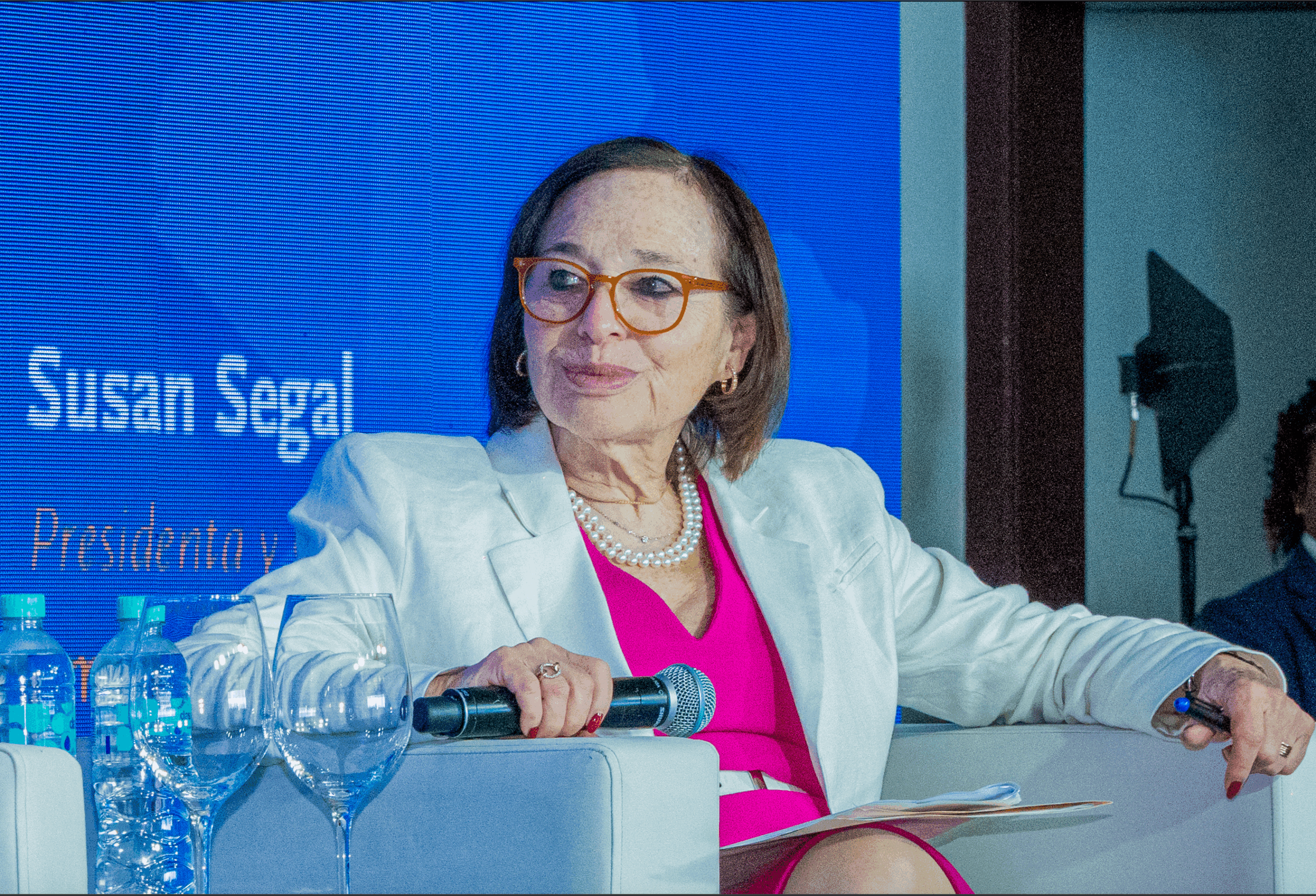Explainer: What Are the BRICS?
Explainer: What Are the BRICS?
Brazil continues to be a central member of the bloc of emerging economies that seeks to push for a more multipolar world.
This piece was originally published in 2014 and has since been updated.
It all started as an investment catchphrase. Brazil, China, India, Russia, and South Africa, often mentioned together due to their rapidly growing economies and increasing international influence, decided to formalize their grouping into a bloc starting in 2009.
Since then, the BRICS nations have organized annual leadership summits and opened a development bank and currency reserve arrangements. The member countries have sought to collaborate on economic matters and international issues, and the bloc’s agenda has evolved to promote multi-polarity in the global order.
At the 2024 Summit, BRICS expanded, adding Egypt, Ethiopia, Iran, and the UAE. Two dozen countries’ leaders were also invited as prospective members. The bloc now represents 37 percent of the world’s GDP. Despite interest from other countries in Latin America, Brazil remains the only member from the Western Hemisphere.
AS/COA Online looks at how BRICS has changed over the years and where the bloc is heading.
See what has been said by countries like UN Security Council members Brazil and Mexico, as well as Moscow allies Cuba and Venezuela.










